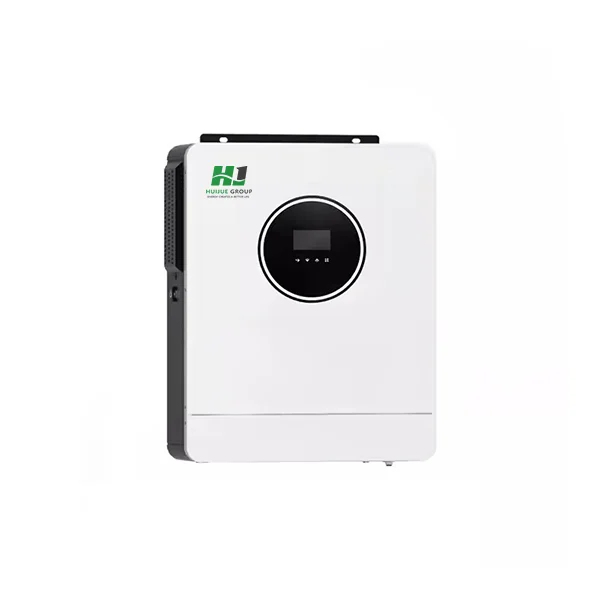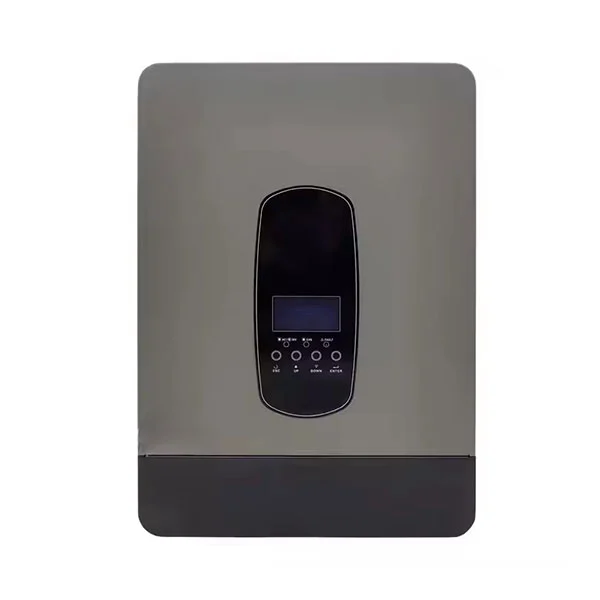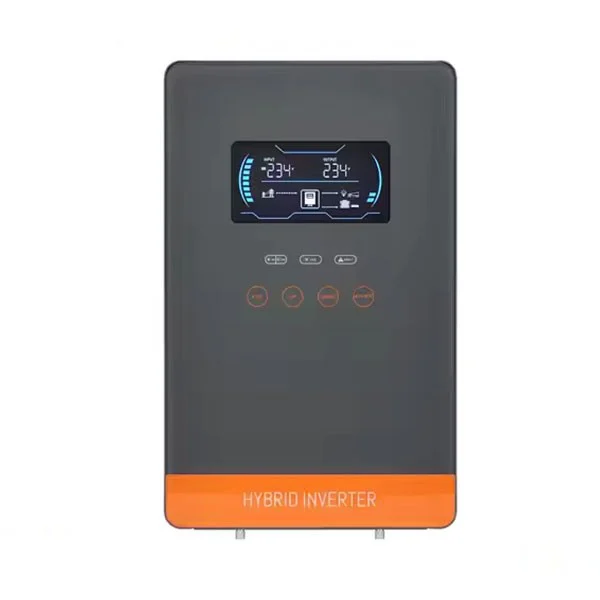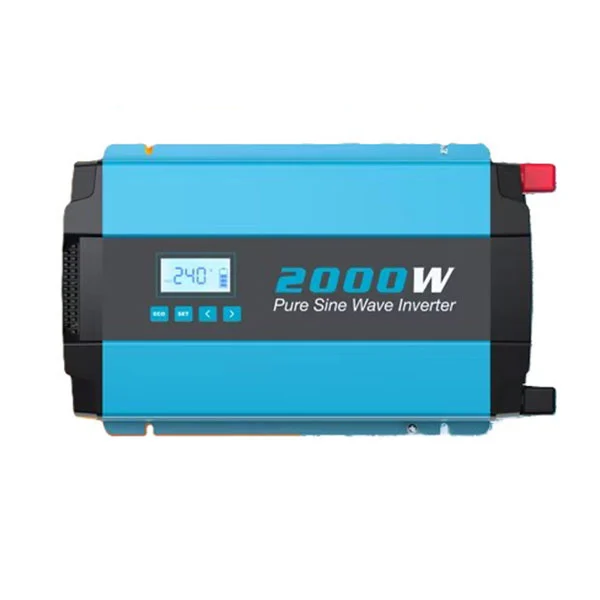Basic Information of Power Inverter
A power inverter is an electrical device that converts DC, or direct current, electricity from a battery in a car or home into AC, or alternating current, the type of electricity one has at home from the wall socket. We have a big lineup of inverters starting at 75 watts, going up to 5000 watts. These inverters can provide AC power at different voltages with which voltage standards of different countries would be satisfied. With several protection features in design, like overload protection, short circuit protection, and thermal protection, they are for use safely. Besides, they have smart cooling fans and durable casings for long life. You will definitely find a perfect inverter in your car or home suitable for 12V, 24V, or 48V DC input. The most widespread are house inverters, as their field of application is very wide: from laptops and smartphones to TVs, refrigerators, power tools, etc., which is very convenient.
There are several types of power inverters:
- The 12V inverter is an electrical device that converts 12 volts of DC into AC and is primarily applied when there is no traditional power grid or whether portable power is required. It could provide either 110/120V or 220/230V/240V AC and is normally used in devices like laptops, smartphones, power tools, refrigerators, etc.
- A 24V inverter is one that converts 24 volts of direct current into alternating current and normally gives out AC power at either 120V or 230V. It is majorly used to supply power to those devices that require AC with the availability of only DC power. Examples of applications include household appliances, electronic products, and tools.
- The 48V inverter is a device that converts 48 volts of direct current to alternating current. It provides stable and reliable AC power to perform appliances, tools, or electronic devices requiring AC power. There are many types of 48V inverters available on the market, from small home units to large-scale commercial or whole-house applications.
Choosing Your Power Inverter: How to Choose
- Name the devices to be powered: Jot down all the devices you intend to power from the inverter; for instance, laptops, chargers of mobile phones, and so on.
- Calculate total power: Check the power label of each device as usually given in watts (W) and sum it up to obtain the total power needed.
- Consider the starting power: Some appliances need a higher wattage to start up compared to running them conventionally, an example being air conditioners. In case you have such devices, don\'t forget their starting power.
- Selection of inverter capacity: It is always better, on the side of safety, to select an inverter whose capacity is bigger by 20% than the total power calculated, so that it can bear the high power demand required during the time of startup for those devices or other devices which may also be added in the future.
- Match the input voltage: Different inverters have different input voltages, which will, of course, depend on your power source. For example, if your car battery is 12 volts, then you would want to get an inverter that has a 12-volt input.
- Consider efficiency: Choose an inverter with higher efficiency so that less energy is lost in the process of converting DC power from the battery to AC power used in the house.
Tips for using the power inverter:
- Connect directly to the battery: Inverters connected straight to your car or battery ensure that the power is more stable and there will not be any power loss.
- Use good wires: Choose cables and plugs of good quality and thick wires to avoid the power loss and heating it up easily.
- Keep ventilation: the inverter will heat up when it is working, so it should not be put in an open place, covered or piled things on it for heat dissipation.
- Not overload: use to remind not to allow the sum of electric appliance power connected with the inverter surpass its rated power to prevent breakdown or automatic protection.
- Preventing short circuits: Be very careful with appliances\' connection to avoid possible short circuits. It\'s not recommended to turn on the inverter during its operation.



